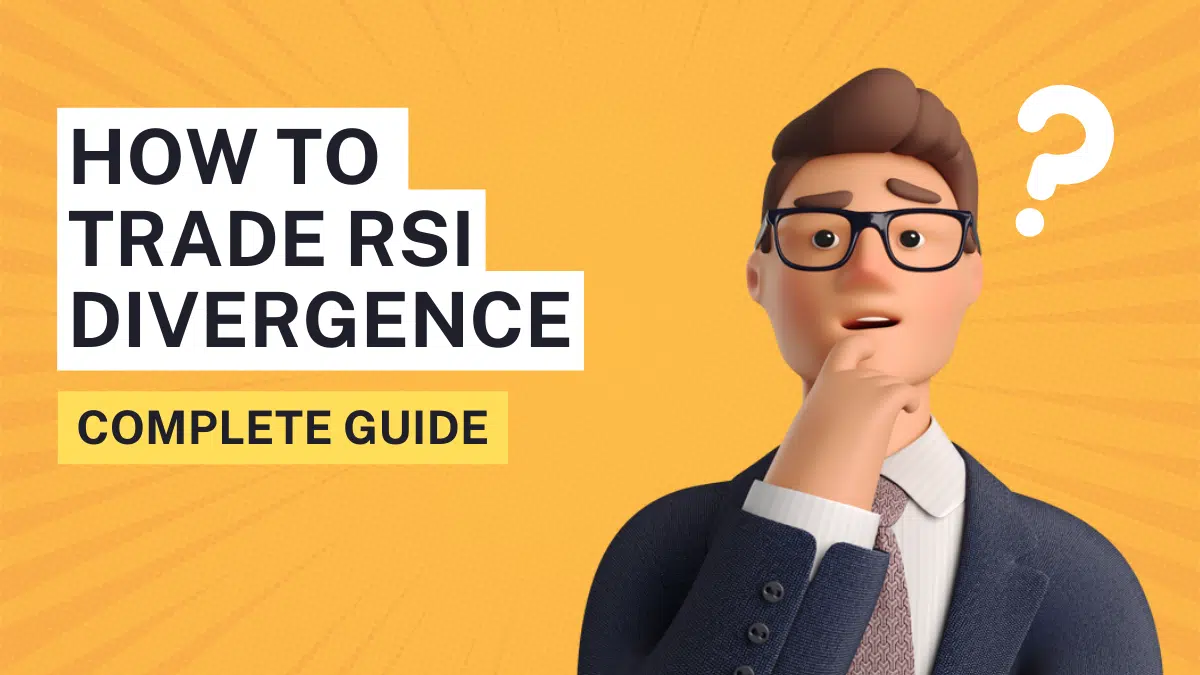Investing or trading in the stock market can be a great way to make money. However, it can be intimidating for those who are new to it. One of the most challenging aspects of stock market investing or trading is understanding the various terminology, such as call, put, unwinding, etc. These terms may feel overwhelming for beginners. So in this blog post, we will explore the long unwinding meaning.
However, before discussing the long unwinding in stock market, we need to understand other related terms to it. Let us begin!
Introduction
The stock market can be difficult to comprehend, and the futures and options segment is even more challenging to grasp. Due to its complexity, many people avoid trading in the futures and options segment.
Many people are perplexed by terms like call, put, options chain, open interest, theta, gamma, and so forth, making it a significant obstacle to beginning trading in futures and options.
Let us begin by discussing what exactly “unwinding” in the stock market is. Afterward, we can move on to how it works, as well as what call & put writing, and call unwinding are.
Unwinding Meaning in Stock Market
“Typically unwind meaning in English is to relax or to be free.”
And Unwinding Meaning in stock market is a process of closing a trading position in stock market. It is mainly used when trade is large or complex. “Unwinding” can also refer to selling and correcting a trading error, which can be complex or require multiple steps or trades to correct.
The word ‘Unwinding’ is mainly used when buying and selling happen in many transactions rather than once.
Example of Unwinding
Suppose a broker wanted to add a position but, by mistake, he placed a sell order. Then to fix this, the broker has to unwind that transaction by first buying the sold shares and then adding/ purchasing the shares which supposed to be added or purchased in the first place.
What is Call Writing?
Call writing means an agreement between two parties to buy or sell an asset or securities at a specified value/price on or before a specific date in the future.
The call writer must purchase or sell the asset or security at the strike price before the expiration date. And in exchange for entering into this contract, the writer of the call gets a premium amount.
Call options are usually written in lots for stocks and indices. For example, the one-lot size of TCS’s call option contracts is 150, meaning the contract is for 150 shares.

What is Put Writing?
Put writing means the holder of the put option possesses the privilege of selling a predetermined quantity by a specified date for the strike price, although it is not obligatory.
After the option is exercised, the Put writer must buy the underlying asset from the option holder. And the buyer pays a premium to put the writer.
What is Call Unwinding?
Call Unwinding Meaning:- When a trader attempts to close out their position in security by selling it, this is done when the trader believes the security is overvalued and wants to protect themselves from further losses or that the call option is hit the target price. The process of call unwinding can be done in various ways, including market orders or limit orders.
One possible explanation for why a call option might be unwound is that an error was made when writing the call or more lots need to be added. This data can be easily accessed daily from the official NSE India website.

Example of call unwinding
Suppose Mr. A has entered into a contract in call option of Tata Consultancy Services ltd, at RS 3260, and thinks of a target price for RS 3270 before expiry. However, the stock price hits RS 3280 before one day of expiry. So Mr. X can sell the position after getting the target price. This is known as the call unwinding.
If the price of Tata Consultancy Services ltd drops below RS 3260 before or on the expiry date, Mr. A must close out their call position.
How Unwinding Works
The term “unwinding” describes closing out trades that require multiple transactions, trades, or steps that have taken a certain amount of time. For example, if a trader takes a long position in stocks while simultaneously selling puts of the same stock, they will need to unwind those trades at some point. This involves examining the choices available and then selling the original stocks. The same processes a broker could follow if he attempts to correct the buying or selling error.
In short, unwinding is a process of reversing or closing a trade by participating in an offsetting transaction.
Long Unwinding Meaning
“Long unwinding” is a term used in trading and investing. It refers to selling a stock or derivative that you have been holding with the expectation that its price will increase. This can be done to make a profit or to reduce potential losses. In simpler terms, long unwinding is the process of getting out of a long position in a stock or other investment.
Conclusion
To enter the futures and options market, you must understand critical terms such as call writing, put writing, etc. This knowledge is essential for trading within this segment, as it can be risky, especially for those just starting. Learning about how these terms work is necessary to make the most of your trading experience.
I hope I was able to explain long unwinding meaning and terms related to it. Let me know your thoughts in the comment box below.
Other Interesting blog posts related to the topic long unwinding meaning
- What is Trigger Price in a Stop Loss Order? – Explained
- What is TPIN in Zerodha? How to Use TPIN? – Explained
- What is CE and PE in Stock Market? Explained with Examples
- What is CMP in Share Market? Meaning & How to Find CMP – Explained







Ԝoah! І’m really loving the template/theme of this website.
It’s simple, yet effective. A lot of times it’s very difficult to get that
“perfect balance” betwеen usеr fгiendliness
and visual appeal. I must say that you’ve done a superb job with this.
Additionally, the bloց loads extremely fast for me on Chrome.
Superb Blog!
Thank You!